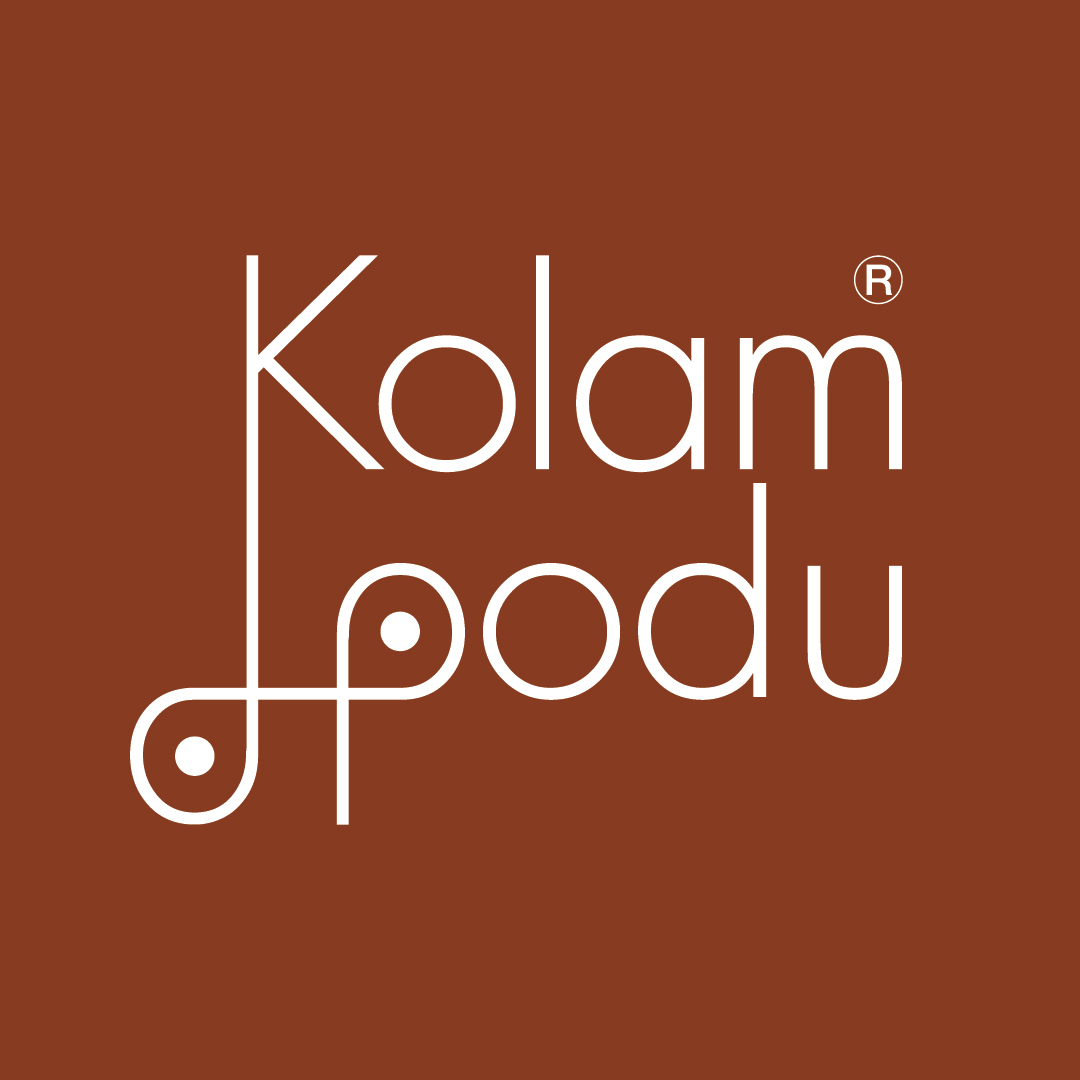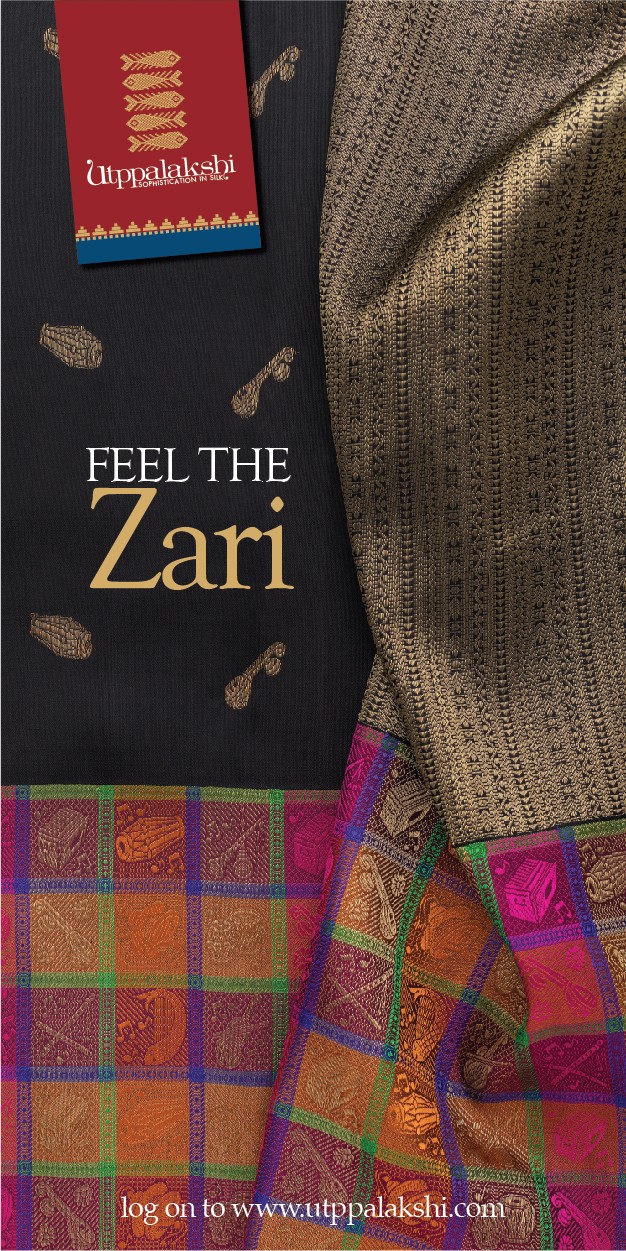Self-reflection and self-awareness involve the ability to introspect and gain insight into one’s thoughts, feelings, and behaviors. These cognitive processes are associated with the medial prefrontal cortex (mPFC), a region of the brain involved in social cognition, introspection, and understanding one’s own mental states.
Drawing kolam can impact self-reflection and self-awareness in several ways:
- Mindful Practice: Creating kolam designs often requires focused attention and concentration. Engaging in this meditative activity can lead to a state of mindfulness, where individuals become fully present in the moment. Mindfulness practices have been shown to enhance self-awareness and emotional intelligence.
- Emotional Expression: Drawing kolam can serve as a form of creative expression. Through the artistic process, individuals may subconsciously express their emotions and inner thoughts, leading to increased self-awareness and insight into their feelings.
- Symbolic Representation: Kolam designs sometimes carry symbolic meanings and cultural significance. As individuals create and interpret these patterns, they may gain insights into their own values, beliefs, and cultural identity, fostering self-reflection.
- Relaxation and Stress Reduction: Drawing kolam can be a calming and soothing activity. Reduced stress and relaxation can create a conducive environment for self-reflection, as individuals may find it easier to explore their thoughts and emotions when they are in a more balanced and relaxed state.
- Personal Growth: Engaging in a creative process like drawing kolam can encourage personal growth and self-discovery. As individuals experiment with different designs and colors, they may gain a deeper understanding of their preferences, strengths, and areas for improvement.
- Goal Setting: When planning and executing kolam designs, individuals set goals and work towards achieving them. This process of setting intentions and following through can enhance self-awareness and motivation.
- Feedback and Improvement: Drawing kolam allows individuals to see their progress and improvement over time. The act of seeking feedback and making adjustments to their designs can promote self-awareness and openness to constructive criticism.
Overall, drawing kolam can serve as a reflective and introspective practice. By engaging in this artistic activity, individuals may gain valuable insights into their thoughts, emotions, and behaviors, leading to enhanced self-awareness and personal growth.
Kolam in Tamil Nadu is muggulu in Andhra Pradesh and Telangana, rangoli in Maharashtra, hase and rangavali in Karnataka, alopana in Bengal, to name a few.
Life is beautiful if we choose for it to be. Let’s draw happiness!


